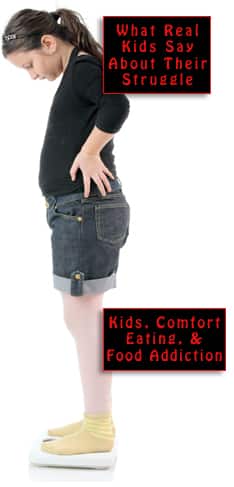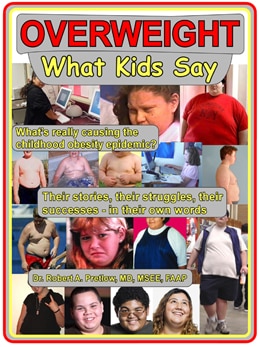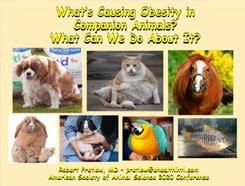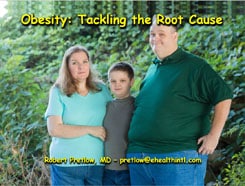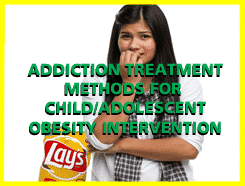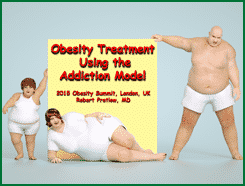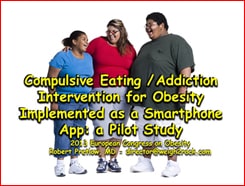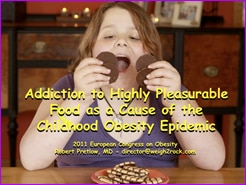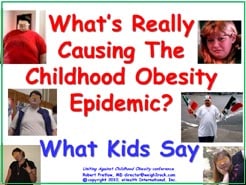Schools Trying Their Best

Information gathered in the early 1990s about the education system was included in a report called “A Closer Look,” which concentrated on the services that school districts nationwide were willing and able to provide. Almost every jurisdiction did First Aid, and administration of prescription meds to students. In the obesity area, “Other commonly provided services include such health screenings as height, weight, vision, and hearing…” Also related to obesity, just slightly more than half of the school districts concerned themselves about nutrition counseling.
In 1997, via the National Academy Press, the Institute of Medicine published Schools and Health: Our Nation’s Investment. The Committee on Comprehensive School Health Programs in grades K-12 had worked three years on this massive book. The object was to create a set of programs that would serve, in a systematic way, the needs of “health education, health promotion and disease prevention, and access to health and social services at the school site.”
The ideal
Returning to what the experts decided in 1997 to recommend with regard to obesity in schools, they began with screening. It was felt that all teens should have their blood pressure checked annually, and if the numbers look dangerous, they should be tested again twice within the same month, to get an idea of what is going on. At least once, their total blood cholesterol level should be determined.
Other tests would be desirable for kids whose parents or grandparents suffered from certain obesity-related conditions, and there are some very specific recommendations about which tests should be done, and when. The issue of unknown family history presents another set of problems. This is one of the many burdens carried by adopted and foster children. When someone asks whether there is heart disease in the family, they don’t know.
Other advice concerns checking adolescents for eating disorders, including via interviews about body image perceptions, dieting patterns, self-induced vomiting, use of diuretics or laxatives, and so on. Now, what about teens with a body mass index at or above the 95th percentile? They definitely need an in-depth assessment. Meanwhile:
Adolescents with a BMI between the 85th and 94th percentiles are at risk for becoming overweight. A dietary and health assessment to determine psychosocial morbidity and risk for future cardiovascular disease should be performed on these youth…
The authors go on to list the various red flags that indicate a need for watchfulness. One introductory paragraph of the book contained unintentional and unforeseeable irony:
Whereas earlier generations of school health programs were predominantly concerned with stemming the threat of infectious disease, these problems have now to a large extent been ameliorated and replaced with the “new social morbidities” — injuries, violence, substance abuse, risky sexual behaviors, psychological and emotional disorders, and problems due to poverty — and many students’ lack of access to reliable health information and health care.
Of course, all these other problems exist, and it is too true that many students suffer from shortages of both health care and information. But the disturbing part is that today, because of COVID-19, we are back to a predominant concern with infectious disease. Even in places where the physical school has been in session, routines have been disrupted and priorities have shifted. Everybody is just doing the best they can with what they have.
Your responses and feedback are welcome!
Source: “Schools & Health: Our Nation’s Investment,” NIH.gov, 1997
Source: “Schools and Health: Our Nation’s Investment,” NAP.edu, 1997
Image by Fotos_PDX/CC BY 2.0










 FAQs and Media Requests:
FAQs and Media Requests: 